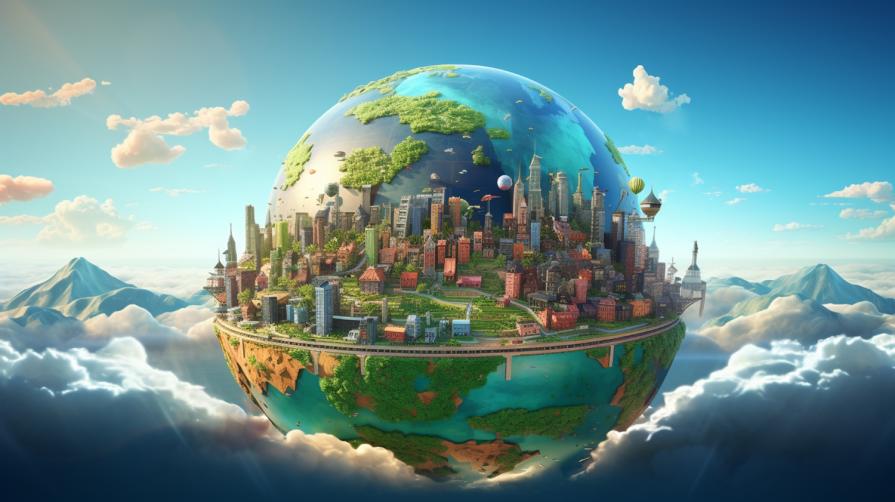In some large countries, there are only a few small rivers and streams, and there are some parts of the world where you can't find a single river! Among these 17 unique places, one special country stands out – Saudi Arabia.
A gigantic state without a river
Saudi Arabia covers an area of more than 2.1 million square kilometers, and almost all of this space is the endless expanse of the Arabian desert. In the summer months, the thermometer often shows +45 degrees, and rain here is a real rarity even in autumn and winter, some areas do not see precipitation for years.
Saudi Arabia gets most of its fresh water from underground sources. After rare rains, a small amount of water accumulates in the mountains, but it is certainly not enough. However, these underground reserves are decreasing every year.

In general, there is not a single state in the Arabian Peninsula with permanent rivers: temporary water flows may appear after heavy rains, but they quickly disappear, leaving a dry riverbed. Sometimes, after rainfall, water accumulates in natural depressions, providing a temporary solution to the water supply problem. But this source cannot be trusted: intermittent rains and severe heat do their job, depleting reserves.
Where else are there no rivers?
The Arabian Peninsula, home to Oman, Kuwait, Qatar, and the UAE, has a desert climate. The absence of rivers in these regions can be partly explained by high evaporation and lack of rainfall. In order to provide the population of the region with clean drinking water, the authorities of the peninsula countries began to develop technologies for desalination of sea water. For many of these countries, desalinated water has become a key resource, and they are willing to spend a lot of money to secure themselves.
Compared to other countries of the peninsula, Yemen boasts the Wadi Hadramawt River: this river plays an important role in the ecosystem of the region, providing moisture to a number of oases. There is almost always water in it, so Wadi Hadramawt is a key source of fresh water for many cities in Yemen.
Vatican City and Monaco

These two city-states are located in Europe and have a fairly developed infrastructure. Their size and geographical location explain the lack of natural bodies of water – these tiny countries are recognized as the smallest in the world. However, thanks to agreements with neighbors, they meet their freshwater needs without problems.
Island States
The absence of rivers on islands is usually due to their size and geographical feature. Many of them depend on underground aquifers and rainwater. For example, in the Maldives, special rainwater harvesting systems are used for drinking and agriculture.
Why are rivers so important?
Rivers often serve as corridors for the migration of animals, and their absence can affect the biodiversity of the region. The lack of permanent rivers affects the local flora, which has to adapt to the harsh conditions of deserts or island ecosystems.
For countries without rivers, building the infrastructure to provide water supply can be a serious economic challenge, can affect the cost of food, the quality of life of the population, and even tourism.













